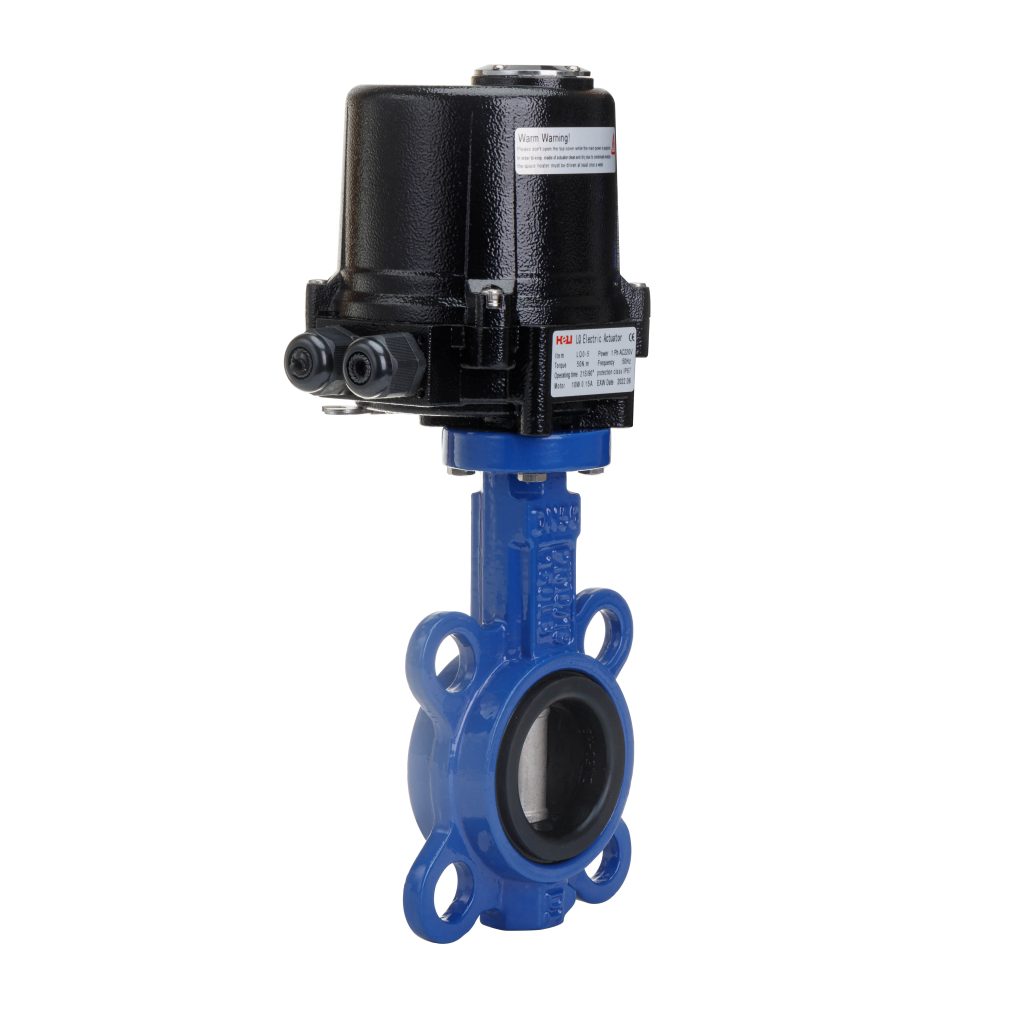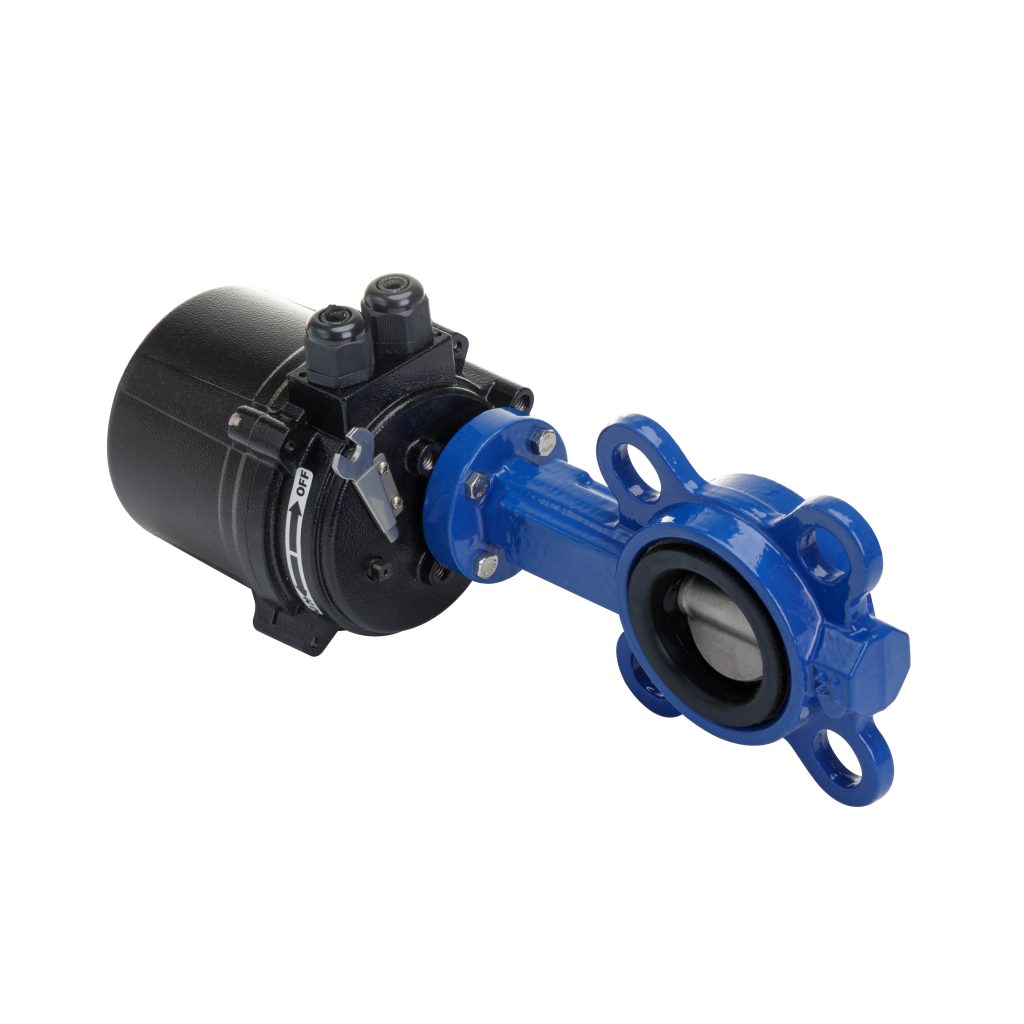In the realm of modern engineering, valves play a critical role in controlling the flow of fluids within various systems, whether they be industrial processes, water treatment facilities, or HVAC systems. Among the many types of valves available today, the WCB Electric Butterfly Valve stands out due to its efficiency, reliability, and versatility. This article aims to provide an in-depth look at the WCB Electric Butterfly Valve, its components, advantages, applications, and maintenance considerations.

What is a WCB Electric Butterfly Valve?

A butterfly valve is a type of quarter-turn valve that is used to regulate the flow of liquids and gases. The “WCB” in WCB Electric Butterfly Valve refers to the material used in its construction, which is usually a cast steel body that provides excellent strength and durability. This valve operates using a disc that rotates around an axis, allowing for smooth flow control. When the valve is fully open, the disc is parallel to the flow, minimizing pressure drop and turbulence, whereas closing the valve rotates the disc into the flow path, restricting or stopping the flow. Key Components
